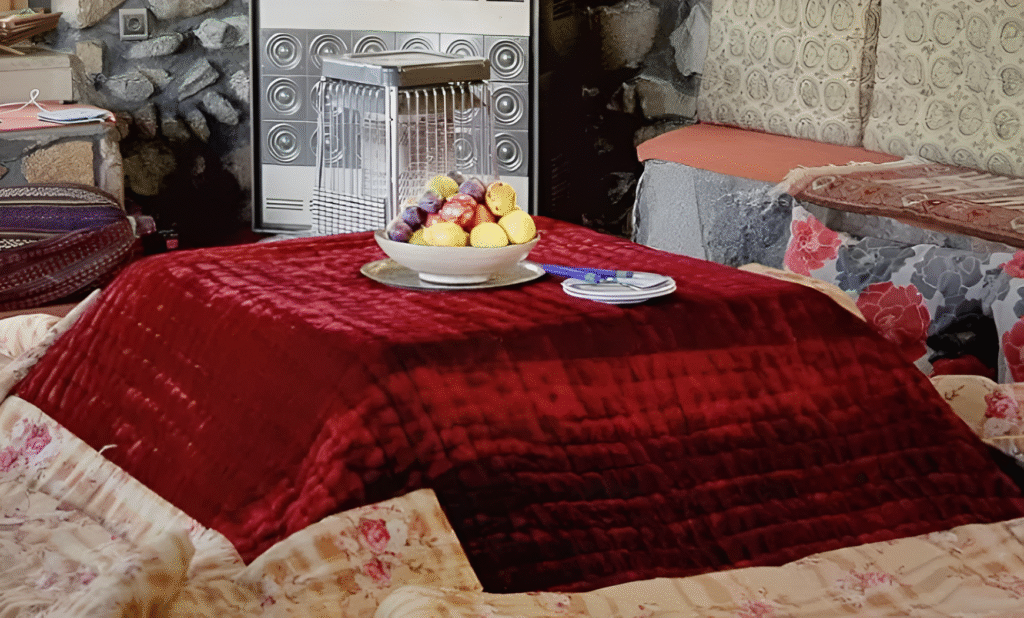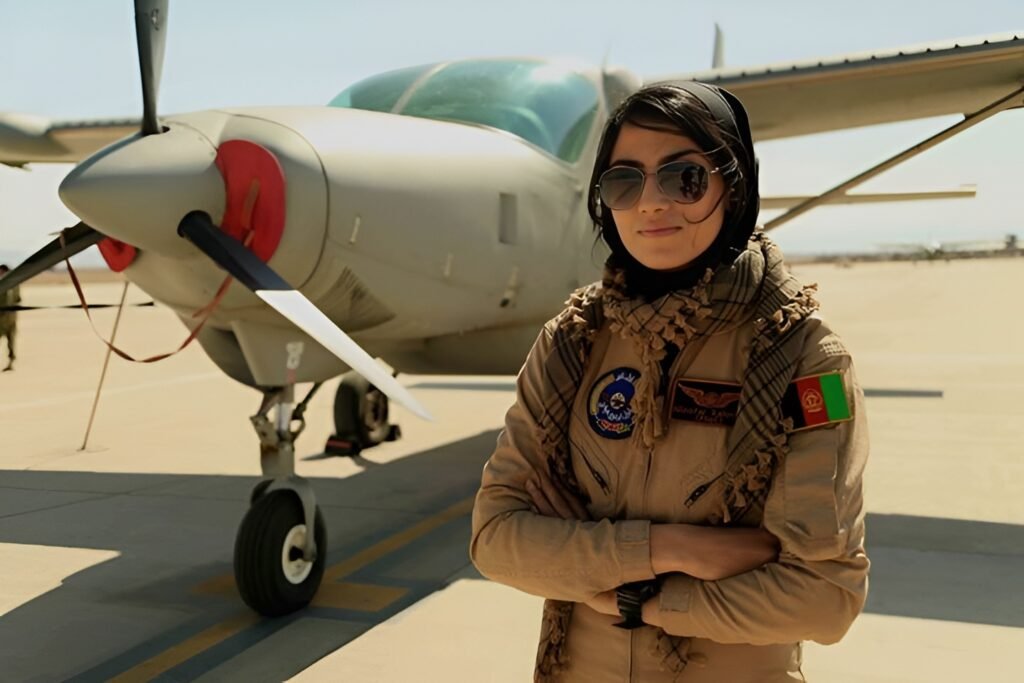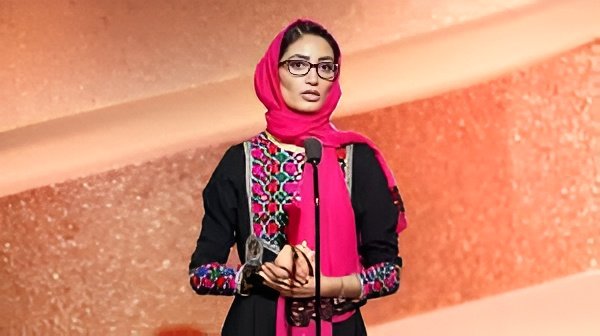Shakriya Barkazi – Afghan Diplomat and Politician, Advocate for Women’s Education and Empowerment
Shakriya Barkazi – Afghan Diplomat and Politician, Advocate for Women’s Education and Empowerment Shakriya Barkazi is one of Afghanistan’s prominent political and diplomatic figures, widely recognized for her consistent and impactful efforts in promoting women’s education and empowerment. She is not only a professional diplomat and active politician at the national and international levels but also a staunch advocate for women’s rights and a pioneer of social change in Afghanistan. Barkazi has played a key role in advancing the status of women in Afghanistan’s social and political structures through her active participation in policy-making and diplomacy. By creating and supporting programs and policies that expand women’s access to education, employment opportunities, and political participation, she has significantly reduced traditional and cultural barriers. Her influence extends beyond politics and diplomacy. Using her leadership skills, educational advocacy, and participation in international dialogues, Barkazi has inspired new generations of Afghan women to fight for their rights and actively engage in social and political decision-making. She is also recognized globally as a strong voice for gender equality and social justice. Her presence in international conferences and dialogues has brought Afghan women’s issues and the importance of their education to worldwide attention. Shakriya Barkazi represents women who, through a combination of knowledge, experience, and determination, have made a meaningful impact on society and remain one of Afghanistan’s most influential contemporary women. Life Journey and Early Development of Shakriya Barkazi Shakriya Barkazi was born in Afghanistan and spent her childhood in a society with significant limitations on women. Cultural restrictions, limited access to education, and constrained participation in social and political life were challenges she faced from an early age. These experiences created a strong motivation in her to build her life around education, social justice, and women’s empowerment. From her teenage years, Barkazi recognized the importance of women’s education and social participation. By focusing on these areas, she worked to ensure that Afghan women’s voices were heard at national and international levels. Diplomatic and Political Career Throughout her professional career, Shakriya Barkazi has served in various diplomatic and political roles, participating in national and international decision-making platforms. Her key activities include: Achievements Shakriya Barkazi’s efforts have had a tangible impact on Afghan society and women’s status. Some of her key achievements include: Social and International Impact Barkazi is recognized not only nationally but also internationally. Through speeches, publications, and participation in global conferences, she has amplified the voices of Afghan women to the international community. Her work inspires young Afghan girls and women, as well as activists and organizations worldwide advocating for women’s rights. Her role in international dialogues demonstrates how women, through education, determination, and active participation, can influence society and politics and overcome societal limitations. Inspiration and Social Significance Shakriya Barkazi exemplifies a courageous and informed woman who has achieved meaningful social change through effort, bravery, and dedication to justice. She demonstrates that women’s education and empowerment are not only their rights but also beneficial for society as a whole. Her work serves as an inspiration for: Shakriya Barkazi is not only a successful diplomat and politician but also a dedicated advocate for women’s education and rights in Afghanistan. Her work in education, policy-making, and diplomacy has inspired new generations of women and contributed to creating positive and lasting change in society. Her life and achievements show that with determination, effort, and access to education, women can overcome barriers and play a significant and influential role in society and politics.









